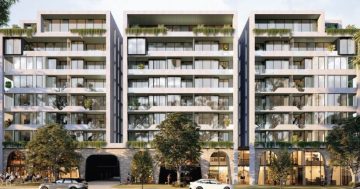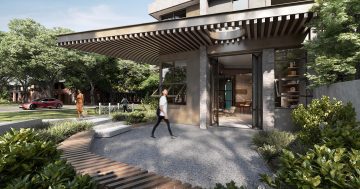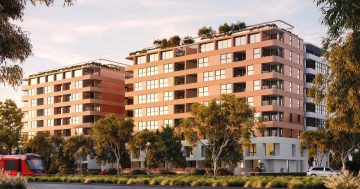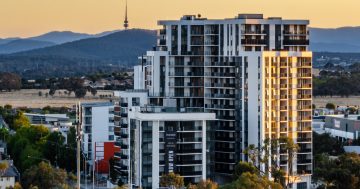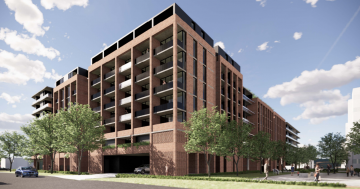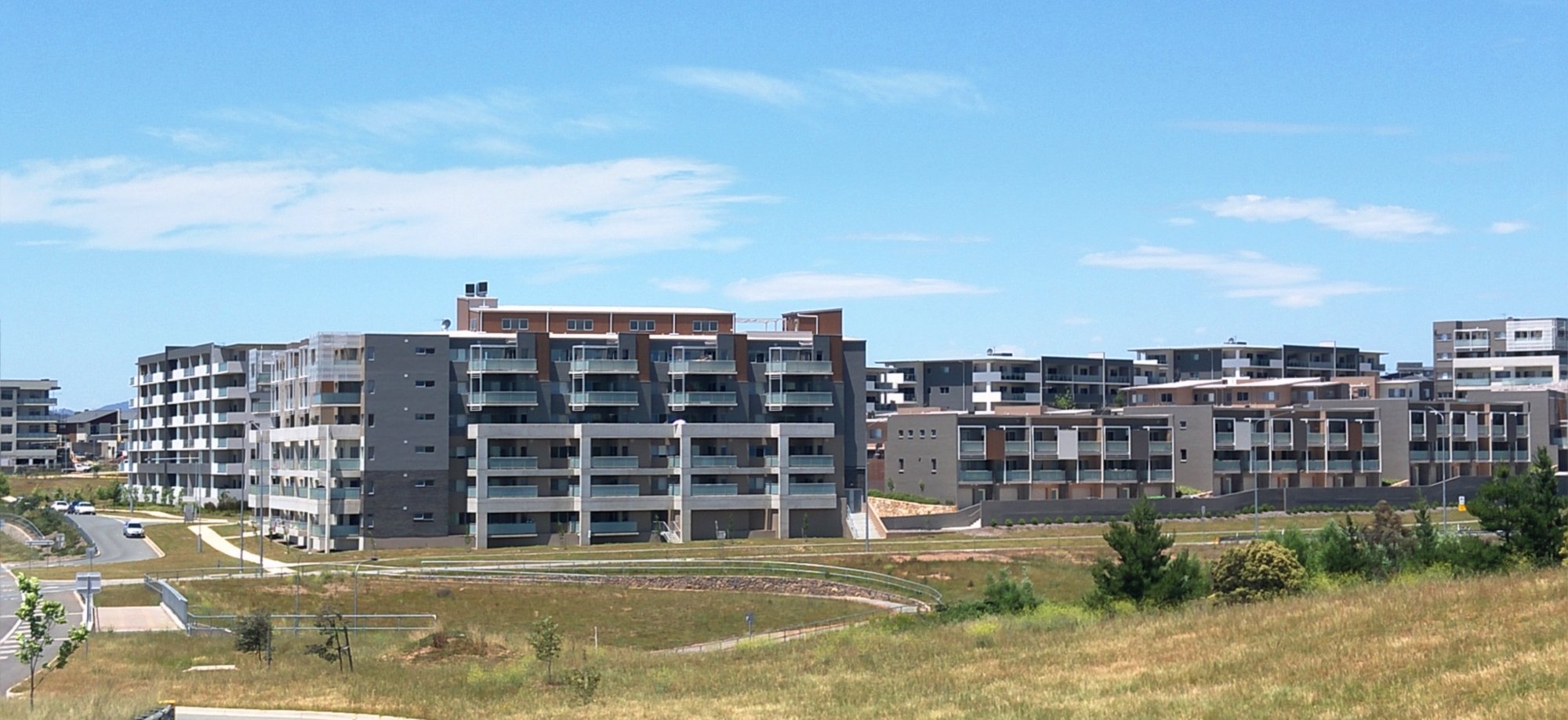
In Part One of this two-part article on housing in the capital, I am looking at apartment living. There has been a lot of talk about affordable housing recently, or should it be rebranded ‘unaffordable housing’? With the last ACT election there were vague promises from both major parties to do something about the plight of first home owners, but I predict that there is very little currently in the pipeline to assist young Canberrans keen to take their first step into the real estate market. Something that has also become apparent is there are older Canberrans who are considering downsizing, but have found it difficult to find something suitable. Single level housing stock suitable for downsizing is extremely limited.
As building development moves ahead at a break-neck pace in Canberra, it is probably time for us to think about rebalancing our expectations with reality. Apartments are increasingly promoted as being one solution. There are lots of apartments in Canberra but apartment living, which is in effect communal living, is not for everyone, although I do know many who love living in the city and in an apartment.
There is also the issue of when to buy. Buying off the plan has positives and negatives, with some comparing buying a new apartment to buying a new car: the minute you pay for it, it loses a percentage of its original value. Given there is very likely going to be an oversupply of apartments in the near future, it is just possible that prices might nosedive at the worst, or at least settle on a lower level.
House prices have gone through the roof, and competition to buy land is high. Certainly the great Australian dream of a three-bedroomed house and quarter acre block (1000 sq metres) has become just that and is now out of reach of most people in Canberra. This is simply because it is almost impossible to buy land that size. For some, by the time they have saved up enough money to buy the house of their dreams, they move in and then realise it is time to retire and the hunt is on for somewhere suitable to downsize.
The 2016 sale of blocks of land at the Ginninderra Estate, Holt last year was an eye-opener. Blocks as small as 250 square metres (sometimes called cottage blocks) sold for $250,000 which means if you had been able to buy four blocks together you may just have achieved 1000 square metres – the old quarter acre – for a cool $1,000,000. The enthusiasm with which these small blocks were snapped up will certainly impact on the whole of West Belconnen when it opens up for land sales later in the year. Notably, land sales in Moncrieff and Throsby also reached much higher than expected levels in 2016, enough to send some buyers scuttling off to Murrumbateman where 1,000 square metre blocks can be bought for just over $300,000. There are numerous reports that show how much land prices have increased in living memory, and I am sure there will people who read this who remember, and it wasn’t so long ago, when you could buy a perfectly nice home on a reasonable smaller block for under $100,000.
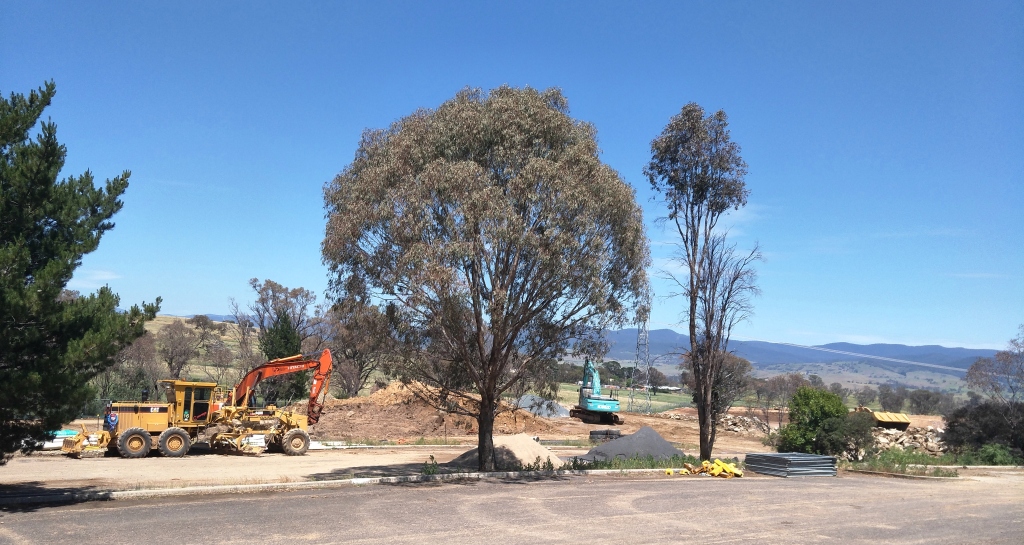
So if that ‘Australian dream’ is no longer realistic, what are the alternatives in Canberra?
There have been many complaints right across the media about way too many apartments being built, but at least an apartment is a way into the real estate market for many first home buyers. If you are considering buying and living in an apartment, what do we have to consider?
The first apartments (then called flats) were built in Canberra in 1934. I was delighted to see one on the market recently and went to have a look. Although the early design may not suit everyone, they have high ceilings, and there is a graciousness that only age and good design can provide. Storage would be an issue, but back in the 1930s, people didn’t have so much ‘stuff’. There are still a few blocks of flats dotted through Barton and it was these lovely old buildings that provided housing for single people who came to live and work in Canberra. These buildings have now mellowed, are close to all the obvious inner Parliamentary Triangle amenities, and are surrounded by grass and lovely trees.

Regrettably, what is being built now in Canberra presents a somewhat different picture. Most will agree that housing is expensive and most agree that lots and lots of apartment are being built, and in all sorts of unexpected places. Arguments for high density housing along Northbourne Avenue supports the sort of density that is necessary for the light rail to be a success. Well, I wonder how anyone can explain what has happened in Molonglo? I drove through the new suburbs after an absence of some months and felt as though I was on another planet. Are these apartments being built in anticipation of a light rail line coming their way – in say, 2030? The new area of Molonglo (top image) may actually suit many people, especially when the roadworks have been completed and some shops built.
In the near future there will be lots of choice for apartments, especially along the entry to the centre of Canberra, as well as Belconnen and Gungahlin town centres, and Campbell. The apartments will be of varying quality, some may be deficit in planning and good design, and many will just not have enough storage or parking. Apartments are also seen as great investments so big blocks of apartments will inevitably have a lot of tenants. Most tenants are excellent and under their obligations, although there are sometimes issues with non-compliance with Body Corporate rules. But for the light rail to work, this is what has to happen. If the density isn’t there, the light rail will not be used and we all know the majority of Canberrans voted for the light rail.
The issue is not only about where we live, but how we live. Apartments in Canberra are subjected to regular criticism, whether it is about poor design, poor construction, too many tenants, the potential nightmare of airbnb being allowed, ambient noise, poor location, or being too small.
Whether this criticism is justified or not, anyone who is considering moving into a strata-titled apartment building or townhouse development needs to examine their own expectations. As an owner-occupier, and even as a tenant, you will need to carefully consider the Body Corporate rules. For some smaller developments, this might be a short list, but for larger developments (and remember the mega apartment blocks are on their way with pools, gyms, shared entertaining spaces and associated high body corporate fees) you will want to make sure there are rules to cover all the obvious: pets; usage of common property; parking; cleaning of pools and communal entertaining spaces; and rubbish handling.
If you are buying into an established building, take time to request to read the minute book. I did when I bought my strata title property and to my horror and relief found the only problems were with the owner and tenants of the property I was purchasing. So at least I knew that would not be an ongoing problem. Then there is the issue of management of the building. Strata managers do what they are instructed by the Executive Committee of the Body Corporate. Most people who buy into apartment blocks are amateurs when it comes to managing multi-million dollar buildings, and in some cases, badly built or poorly finished buildings may result in a long wrangle with builders and developers. If there are no specific rules in place, then the list of rules default to the standard one provided under Strata legislation, and that probably doesn’t cover everything. Just remember when you have read the rules, you might be quite prepared to abide by them, but it only takes one owner or tenant to break ranks, and you will be up to your neck in conflict.
I do speak from experience. I have moved homes many times: (house, townhouse, cottage, apartment, and company title flat) more times than most people have had a hot cooked breakfast and I have experienced it all. If one person can contravene the rules, dozens can.
There are some very successful high density living models. The Danes got in right as early as the 1960s with their interesting community housing model. They had started to get discontented with housing even back then and did something about it. Denmark, Sweden and The Netherlands can all provide excellent examples of co-housing; a concept that allows collaborative planning and management of community activities and shared spaces.
There has been a lot of coverage, both positive and negative, of the Nightingale model of apartment living in Melbourne. The basic idea is like-minded purchasers collaborate as a cooperative or syndicate, incorporating collective planning and participation. Built on established transport routes, only limited parking is incorporated as it is anticipated people will use share cars or public transport. From what I have read about the massive new Geocon mixed use development, ‘Midnight’, on Northbourne Avenue at Braddon, not only does it (and a number of other large developments) have a really silly name, but it also has the potential to contribute to turning what was once a pleasant tree lined avenue into a wind-swept over-developed canyon*. As I sit in increasingly common traffic jams on Northbourne Avenue, I gaze up at the balconies of recently completed apartments facing Northbourne and marvel at what people manage to store on these small outdoor spaces.
The proposed design of ‘Midnight’ has already been criticised for not providing enough car parking spaces, as everyone will walk, or use the light rail [Editor’s note: Geocon have contacted the RiotACT to point out that the development delivers 200 new public car spaces to Braddon (in addition to resident and hotel guest parking)]. I am not entirely sure where people will go to from ‘Midnight’, unless they work in Woden and buy in anticipation of the completion of Stage 2 of the light rail. The concept of being a non-car owning community will come as a shock to many. We don’t yet have the population to support a car-sharing venture like GoGet nor do we have an integrated public transport system that will transport people seamlessly from their home to the many different centres of employment.
So if you are considering where you are going to buy, and you yearn for peace, privacy, space to grow your own vegies, a couple of dogs, cat, rabbit, and the odd ferret, then apartment living don’t appear to be a good fit.
In Part Two, I will look at emerging trends in alternative housing and what is going on in nearby regional cities.
In the meantime, it would be great if people shared positive experiences or their favourite current gripe of communal living.
Pictured at top, apartment blocks line the main road into Molonglo. Middle, Ginninderra Estate ? lovely Brindabella views with a surprisingly high price tag. Above, the oldest block of flats in Canberra was built to last. Photos: Maryann Mussared
* Geocon disputes this criticism of the Midnight development and has provided the following statement in response: “Maryann Mussared’s comments about the design of Midnight in Braddon are ill-informed. Firstly, it is a building in scale with its surrounds that will be the same height as the existing building it replaces. By no stretch of the imagination could it be described as “massive”. Secondly, how can it be asserted that Midnight will contribute to “overdevelopment” when there is already a building occupying much of the site? Finally, the development delivers 200 new public car spaces to Braddon (in addition to resident and hotel guest parking). Replacing a silent edifice and a windswept, private carpark with a vibrant new complex embracing its proximity to light rail and the Braddon precinct will add life and amenity to the area.”
Geocon has also provided an architect’s statement from Fender Katsalidis Architects, the firm that has designed the Midnight complex. That statement appears in full in the comments below.
